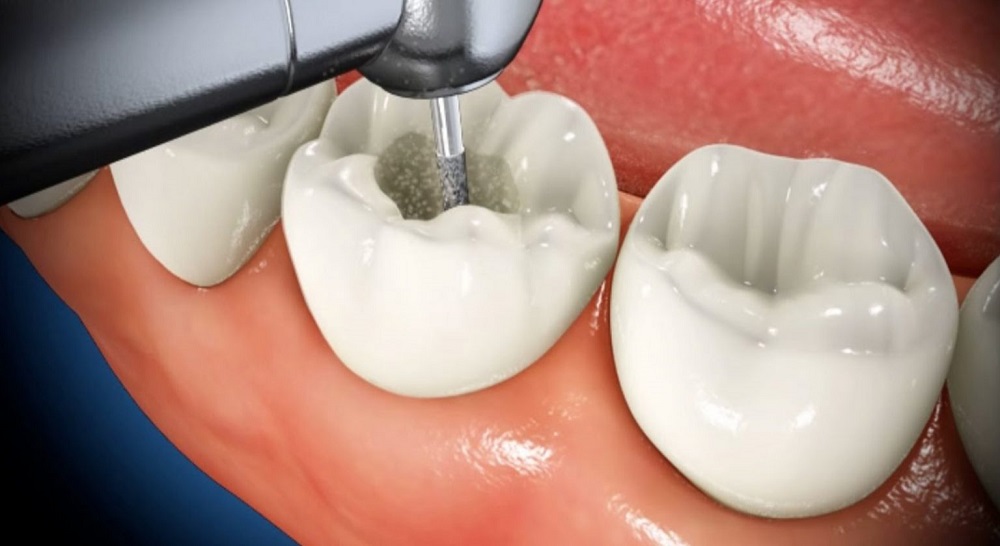A dentist would use a cavity-filling approach to restoring a partially decayed tooth. When a cavity filling in Newmarket is absent, cavities can quickly get worse. By visiting the dentist regularly, one can monitor the condition of their teeth so corrective treatment can be done.
Procedure
For a cavity filling to happen, the dentist goes through the following process:
- Scrape the parts of the tooth that have been decayed.
- Sterilize the remaining holes and have them ready for filling.
- The tooth’s surface should be buffed to ensure the tooth is refurbished properly.
Filling Material
There is a wide range of materials used for cavity filling. Such materials tend to vary in strength, pricing, and appearance. Dentists usually offer the following options: resin (tooth-coloured), porcelain, gold, glass Loomer, or silver amalgam.
Typically, a dentist will provide the patient with the filling materials available. Resins are usually a preferred option when it comes to appearance. In terms of durability, gold and silver are highly recommended.
Length of Procedure
The time it would normally take to fill in a cavity will depend on the severity of the decay. The procedure would take anywhere from several minutes up to one hour. It takes longer to fill a cavity than other dental procedures, such as bridges, crowns, and root canals.
Filling Replacement
A cavity filling would typically last for years before they’re replaced. However, tooth fillings can wear down after years of chewing. If one frequently grinds and clenches their teeth, it may require getting the tooth fillings replaced quickly.
If one notices signs of wear on the tooth fillings, like worn areas or cracks, consult with our dentist Newmarket for an immediate filling replacement.

